
Customer Support: Help Desk Automation
By Rasel Siddiqe
April 12, 2022
Last Modified: November 13, 2025
Like most parts of modern businesses, customer support relies heavily on automation. Customer support automation isn’t exactly new in concept but its applications have become increasingly more diverse. Automations are beneficial for a number of reasons as we’ll look at in the following sections.
Before we get to how to automate your support desk and why you should do it let’s find out what customer support automation is.
What is help desk automation?
Automation is a staple in this age of digital presence. Customer support is no different. Utilizing automation to manage routine tasks is an industry-standard at this point. But what is customer support automation?
Well, for starters it’s any method that automates processes that otherwise require human involvement. You can automate almost anything from the major to the mundane. If it can be done without involving an agent, automation is the way.
As a business grows, it becomes ever more difficult for agents to keep up with more customer requests. Depending on the growth you might even have to expand your team to make up for it. However, automation can be a low-budget solution for the growing business conundrum.
Think about this, if you’re getting more queries than before, but they are not complex, is hiring the best possible solution?
We think not. In fact, for us, the answer lies in automation. Simpler but more numerous requests are easier handled by automation. It’s undoubtedly more cost-friendly than hiring people to forward resource guides/documentation.
Why do you need Customer Support Automation?
Now that you know when you should keep an eye out for implementing automation, let’s check out the benefits you can get. Customer support automation is more multifaceted than you might think.
Reduced wait times
Automations reduce the time needed to respond to a support ticket by a large margin. Mainly because they take out the time for processing by an actual agent. This means queries are resolved faster without necessarily making the customer wait.
Reducing wait time in part reduces the overall stress on your support team. Overall it contributes to less stress, higher satisfaction, and customer retention.
Easier navigation
No matter how well your website or resources are laid out, there will always be some difficulties surrounding them. Customers can’t find what they are looking for is just one of the recurring problems.
Automation makes it easier for customers to find resources. It reduces efforts by suggesting relevant solutions, ideally even before customers have finished saying what they need. The idea is, as an agent it’s not just about solving a problem. It’s about directing a customer on a path that intuitively makes your product/service easy to use. Automation makes things easier by creating straightforward paths to solutions.
Enables Multitasking
Since automation is handling the trivialities, your agents can focus more on the complex issues that arise. When you have to spend less time on simple questions and typing out thank you’s it’s easier to tackle the questions that are technical and require complex solutions.
This extends to customers as well. Not all of your customers have the time to wait for emails to be checked and replied to from your support team. They might have other tasks at hand that require more attention than talking to a support agent. Automated responses let your customers find solutions on their own while they do their thing.
Reduces Labor costs
This one is simple. Lesser, minute tasks to manage means you can make do with a smaller team. Along with that, the time saved by automation lets agents spends more focused time on complex issues reducing the solving time there as well. Not to mention less stress for agents which means a happier and more productive team with reduced support costs.
How to automate support?
So how can you automate customer support tasks?
Well firstly, you need help desk plugins or software that allows you to build and route automation. While the concept of automation is old, it’s not a staple in all support desks. Not to mention they might have different processes and interfaces for their automation.
At the end of the day, the goals remain the same though. For the purpose of this article, we’re going to look at some easy automation that is effective for virtually any support team. Along with that, we’re going to show you how you can craft them easily inside Fluent Support.
Ticket Management
Ticket actions are the first thing to automate for support systems. It simplifies your whole support process right from when a ticket is submitted to it being resolved. The most common activities to automate are deleting, closing, and reassigning tickets.
You might need to delete tickets after a customer responds with certain phrases like Thank you or Fixed. To carry this out in Fluent Support we’ll head to WorkFlows from the dashboard. Here you can create manual and automatic workflows.
We’ll create an automatic workflow and use the Customer response trigger to start the automation. Next, we’ll use message content in the conditions. We’ll check for a Thank You in the message content. Lastly, we’ll add the delete action to complete the automation and that’s it.
You can create similar automation for closing and reassigning tickets to new agents. You can even reassign based on waiting time. In case a customer hasn’t gotten a response from their initial agent.
Agent Assignment
Right after ticket actions, the prime task to automate is assigning agents to new tickets. You might want to assign based on specific conditions such as related products, customer emails, or other information.
With Fluent Support, all you have to do is go to WorkFlows and create an automatic workflow. Select the trigger for ticket submission and select Agent Assignment from the actions menu.
The conditions you use will determine how the assigning will take place. In Fluent Support you can choose between, clients’ email IDs, related products, customer priority, and even specific message contents.
To assign according to product type you can use the selected product options in conditions.
Similarly, to check message content select Message content in the conditions.
You can also sort by tags added to tickets. To assign by urgency, you can select Priority(clients).
Auto Responses
Last but not the least, you can send automated responses based on the same conditions as Agent assignment. You might need to send canned responses for tickets that are high priority. It can also be the case that you want to send follow-up responses for tickets that are not active but haven’t been closed yet.
It’s pretty simple to achieve with Fluent Support. Once again head to WorkFlow and create the automation.
For responding based on products, simply use Selected Products in the conditions fields.
Like the previous automation, you can use Message content and Ticket priority for agent assignment too.
Auto responses can easily mitigate the wasted time between submission and tickets being seen by an agent.
Customer Support Automation: Best practices
While automation comes with its benefits, there are certain pitfalls as well. When automating your support system it’s good to keep the following in mind.
Be Careful and think it through
Random automation can do more harm than good. When crafting automation you need to thoroughly check the trigger and conditions that run the automation. Unnecessary conditions and inappropriate triggers can make the automation ineffective or even completely useless.
The best practice is to craft automation with fallbacks for typical scenarios. It’s also important to keep the automation as simple as possible for scalability. Automation that works for 100 customers but gets overwhelmed with 500 is not a good one to have.
Lastly, you need to be sure about the outcomes you want from the automation. Better to keep automation focused on specific tasks instead of trying to automate the whole support process in one go.
Don’t automate where a person is needed
People are more useful than robots, period. While automation makes things easier and more efficient, it can never replace true human expertise. Making your customers deal with auto-responses while they seek a person to talk to is unacceptable.
When a customer comes in with what we like to call “super technical issues”, a support agent is the reliable answer. Offer anything else and they will take their business to your competitors in a heartbeat.
Leave this kind of issue to the professionals. Automate the routine predictable tasks. This helps agents focus on complex issues that require problem-solving skills and higher levels of cognition.
Keep an easy escape
No matter how well you craft automation, things can always go wrong. The best solution for this is to offer easy alternatives to your automation. More often than not, automation forward people to the wrong documentation or can’t process the query altogether.
For such situations, you need to have an agent at the ready. If a customer is stuck with automated responses and needs an agent to talk to, it needs to be easy. Along with that, you should always keep agents available as fallbacks for others. This ensures every customer ticket is handled even when the appropriate agent isn’t available.
Wrapping Up
Automations are like a double-edged sword. They are incredibly effective, only if you know how to use them. Be an amateur at it and you’ll end up doing more harm than good. We’ve covered the most common and easy automation that any support team needs. While some conditions might be different based on context, the basics remain the same.
Fluent Support allows for a variety of automation workflows that you can fiddle around with. Make sure to try out new ways to automate unique tasks. We’re more than happy to hear how you’re using Fluent Support for customer support automation.
Until next time, happy serving!
Start off with a powerful ticketing system that delivers smooth collaboration right out of the box.





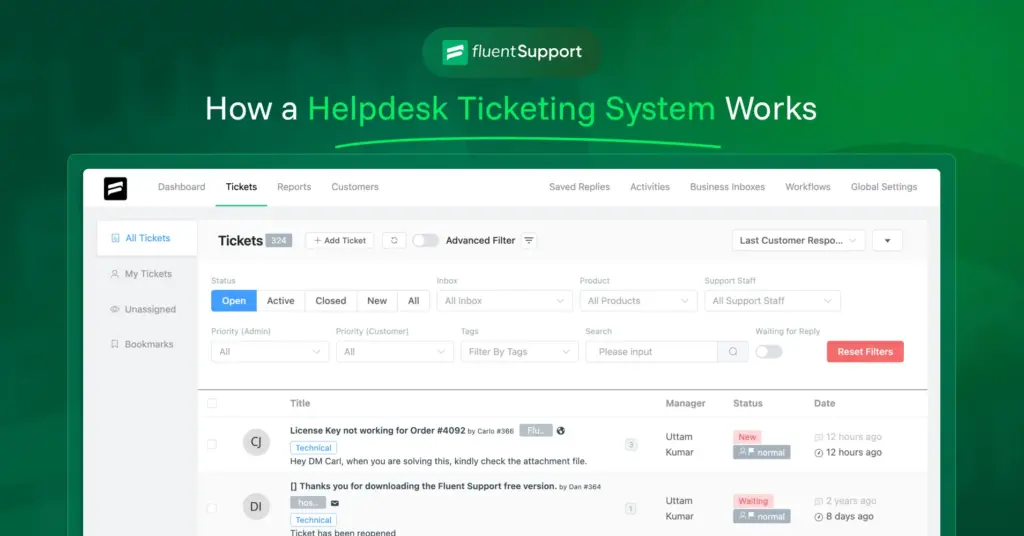
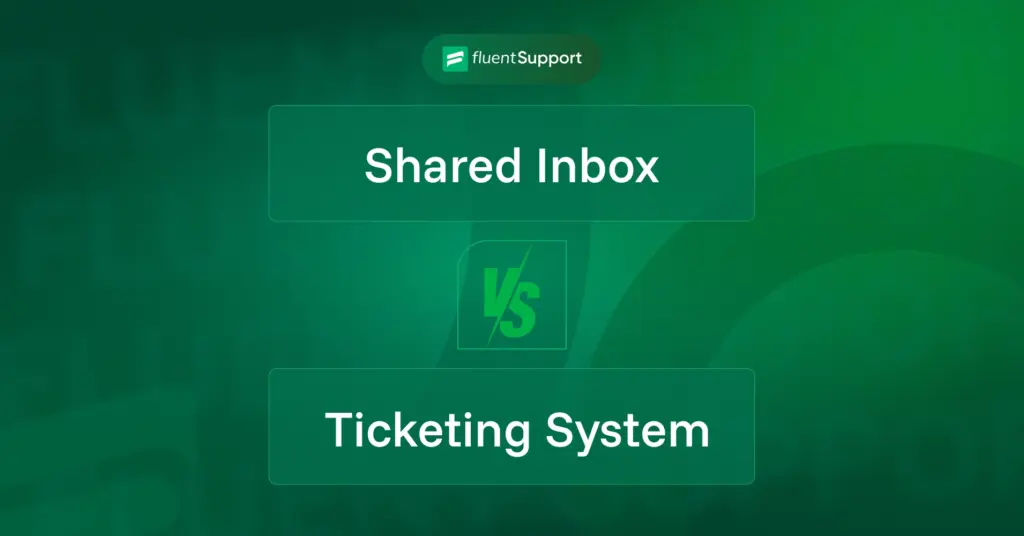
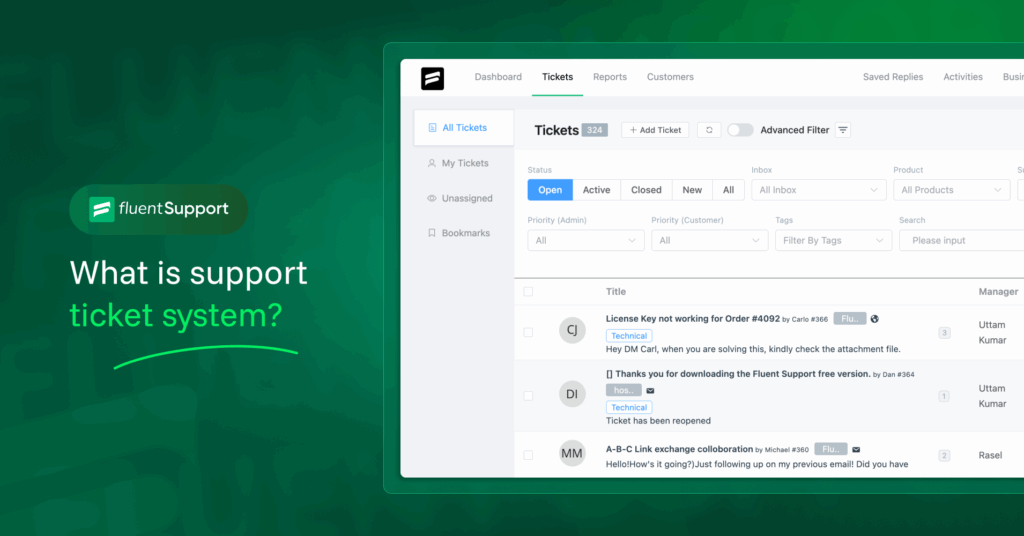
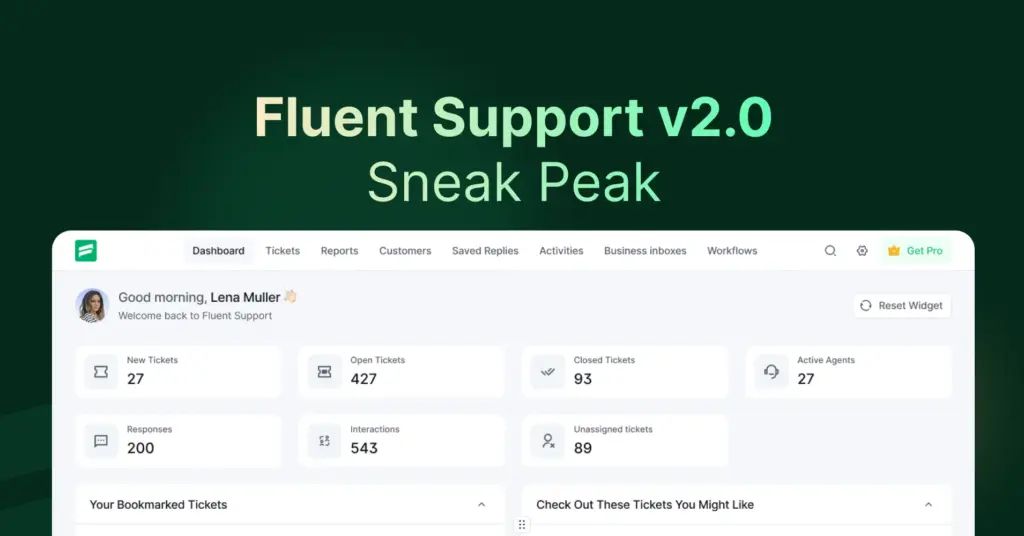
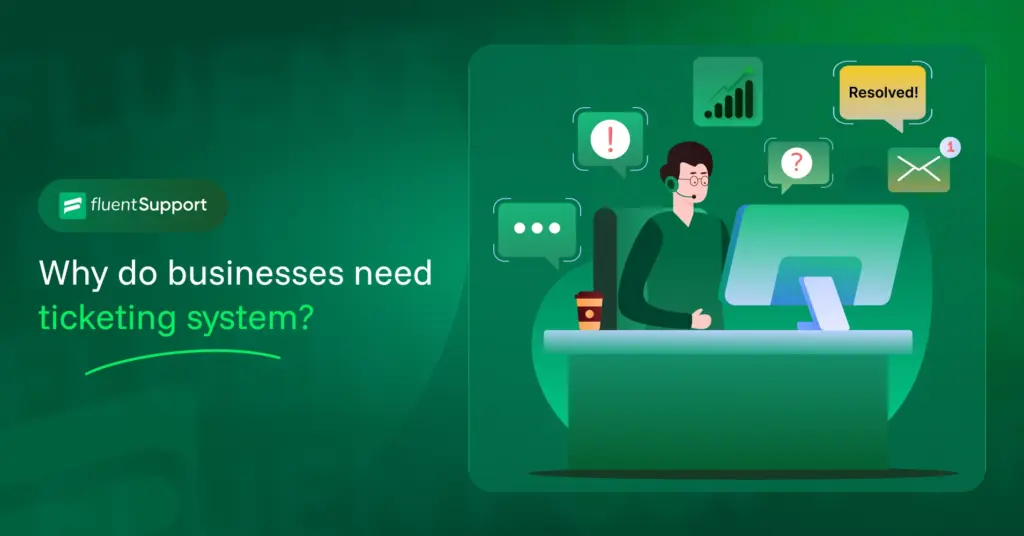
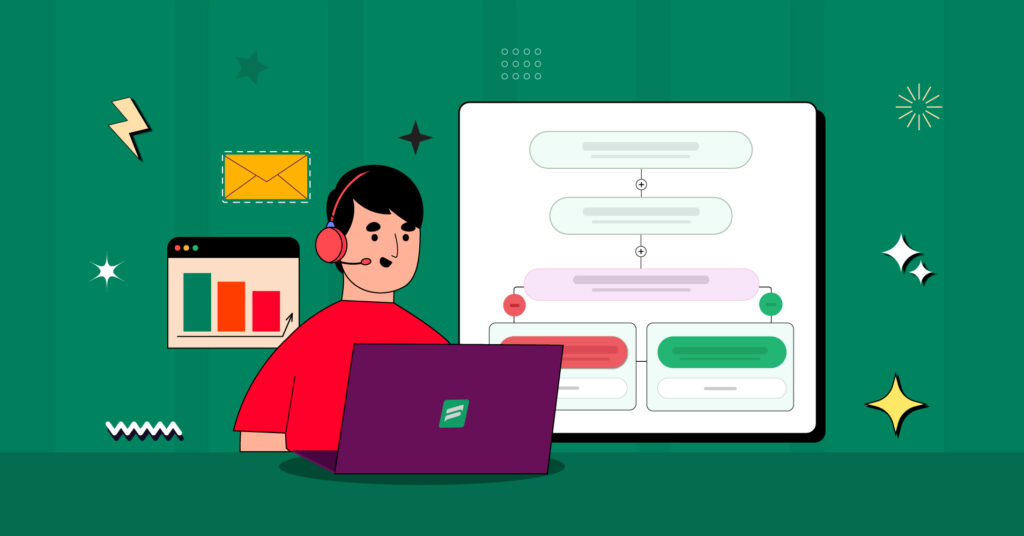

Leave a Reply